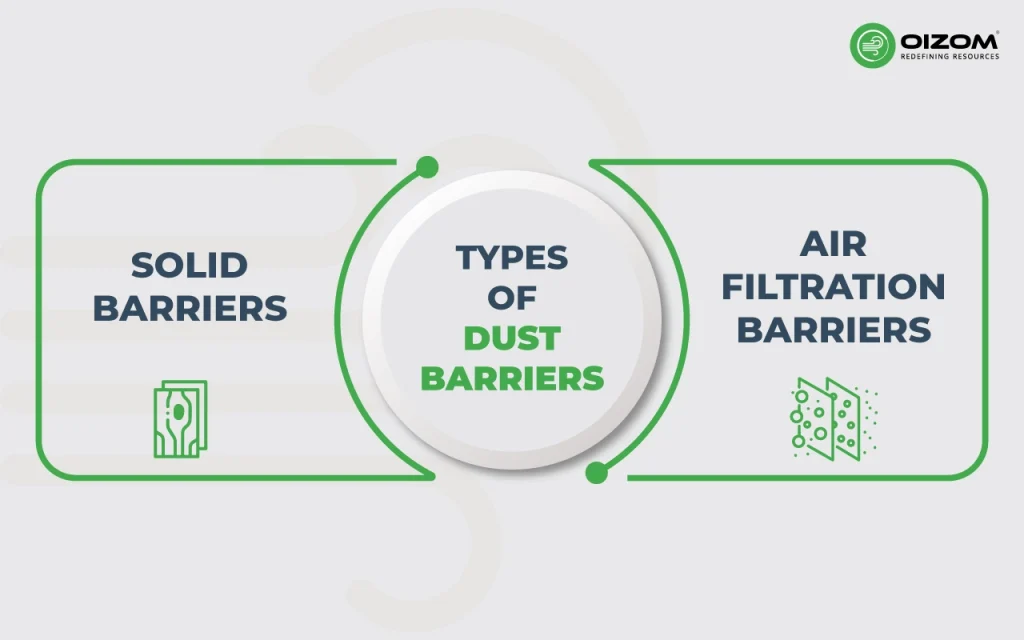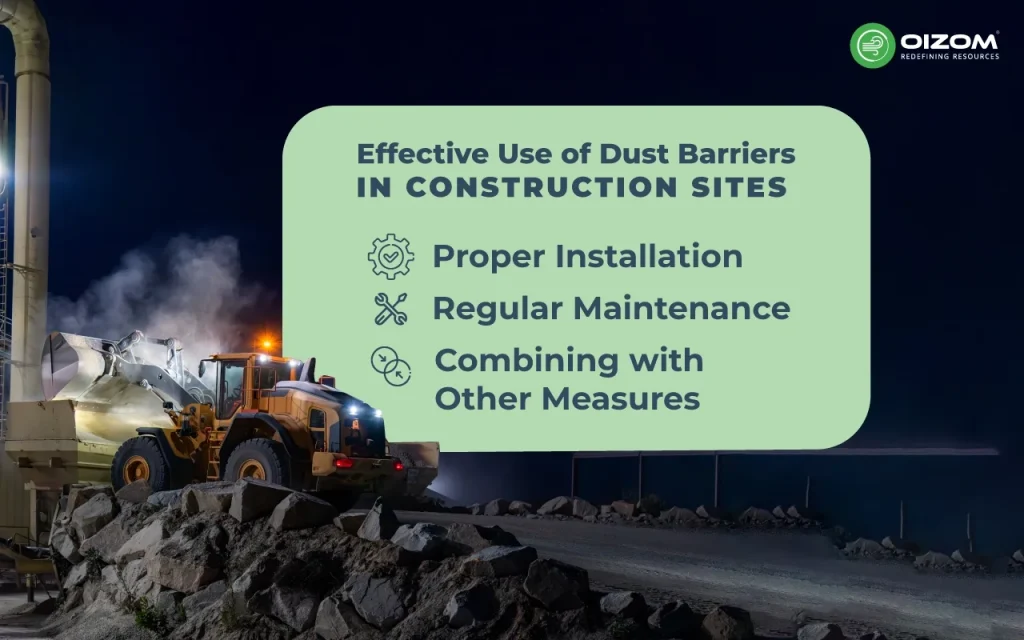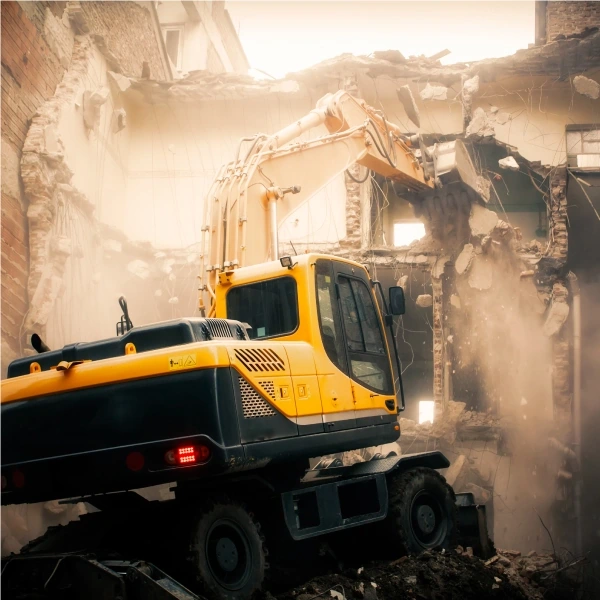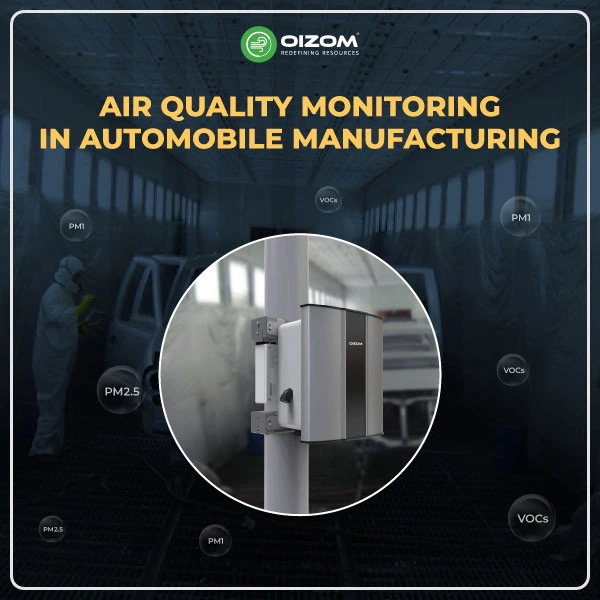One of the biggest contributors to dust pollution is construction sites. Construction dust emissions (CDE) are caused by various on-site activities, such as drilling, loading and unloading, excavation, open-air material storage, cutting and filling, and bulk material transportation, all of which harm people. Tackling dust on construction sites begins with a simple but effective strategy: containment. Whether working on a large-scale project or a small-scale restoration, dust control methods like plastic sheeting, tarps, or temporary walls can create a dust barrier system that efficiently isolates the construction zone from the rest of the area.
This article examines the significance of dust barriers in construction, highlighting the proactive measures required to keep workers and the surrounding region safe. Understanding the benefits of containment allows you to make more informed judgments regarding which dust barrier system is ideal for your project.
Types of Dust Barriers

A dust barrier system is a structure intended to keep dust contained. These temporary barriers keep dust out of a room during construction, protect surfaces, and maintain adequate air quality. They can be made of protective films, plastic sheets, or walls built with air filters. Two types of dust barriers are commonly used: solid barriers and air-filtration barriers. Each type serves a specific purpose and offers distinct advantages depending on the project’s requirements.
Solid Barriers
Solid Barriers are physical constructions, such as plastic sheeting or plywood, that prevent dust from escaping the workspace. They are great at totally separating the work zone, making them perfect for places requiring dust containment, such as hospitals or regions with sensitive equipment. However, they need more labor to install and remove.
Air Filtration Barriers
Air Filtration Barriers, on the other hand, use containment units and air filtration systems, such as HEPA filters, to remove dust particles from the atmosphere. These barriers are appropriate for circumstances in which maintaining air quality is important, but complete isolation is not required. They provide flexibility and are simple to install and transport, making them ideal for workplace renovations or home modifications. However, their efficiency depends on the quality of the filtering system and proper installation.
Choosing the Right Dust Barrier
Dust can be a source of irritation during construction or renovation. Choosing the right dust barrier is critical for success and necessitates considerable planning before beginning. Here are the factors to consider to help you create an efficient dust control barrier.
Factors to Consider
- Make a budget for dust containment in any project to avoid adding it as an extra cost to the client later.
- Seal off the remodeling area with your favorite dust barrier solution, temporary wall systems, or modular dust barrier walls.
- Plan demolition, beginning with the outer regions and progressing inward while preserving a permanent barrier.
- Use windows to remove material and produce positive pressure, which improves air circulation.
- Cover and seal heat and air conditioning vents to prevent dust from passing through the air ducts.
- Create a single entry/exit point, restrict access to one entryway, and use dust containment door kits.
- Cover floors inside and outside the project area with protective coverings to avoid dust infiltration.
- Wear boots with shoe protectors to protect the covers.
- Cut materials outside, particularly drywall, to reduce dust creation throughout the job.
- Keep a vacuum nearby to remove dust as you proceed.
Effective Use of Dust Barriers in Construction Sites

Understanding the advantages of adopting a dust barrier system is critical when dealing with dust in construction, renovation, or restoration. It is also critical for a smooth and efficient project experience, whether working with delicate equipment in a medical facility or protecting consumers and staff during a retail remodel. Three key practices must be followed to maximize the effectiveness of dust barriers: proper installation, regular maintenance, and combining them with other dust control measures.
Proper Installation
- Board and windbreak barriers can help prevent dust on construction sites where the earth is continually vibrating.
- These dust barriers are often made of wood, preventing dust from drifting off the site and reducing the risk of ground erosion.
- To properly employ these barriers for dust control on construction sites, they should be set at right angles to each other rather than around the site’s perimeter.
- Anything from temporary walls to hay bales might help keep the wind from blowing dust around a site. Even parked trucks and temporary site offices can help reduce excessive wind.
- It is vital to realize that this dust control method is not intended to keep airborne particles from leaving. Instead, barriers serve to keep airborne particles from being released.
Regular Maintenance
- Regular maintenance of dust barriers is essential to maintain their effectiveness throughout the construction project. This includes inspecting the barriers for any damage, such as tears or gaps, and promptly repairing them. Additionally, cleaning or replacing filters in air filtration barriers is crucial to ensure they continue to capture dust efficiently.
Combining with Other Measures
- Finally, dust barriers should be combined with other dust suppression methods for the best dust control. This can involve washing down surfaces to keep dust from becoming airborne, installing dust extractors at the source of dust formation, and following proper housekeeping practices. Combining these strategies improves dust management, resulting in a safer and cleaner building environment.
Regulations and Requirements
The first and foremost requirement is to monitor the dust level at the construction site. It keeps records of your hazard assessment, control plan, training sessions, and monitoring activities. Regularly review dust levels and your controls’ effectiveness, making necessary adjustments. Implementing dust monitoring systems like Oziom Dustroid offers real-time data that can work under severe climatic conditions, displays a commitment to being a responsible business neighbor, and is committed to environmental preservation.
A dust barrier system assures compliance with industry and environmental standards, avoiding penalties and legal complications while encouraging responsible and compliant construction methods. The Occupational Safety and Health Administration (OSHA) has developed guidelines and regulations to address the hazards associated with various types of dust. Let’s examine the regulations for three common and potentially hazardous dusts: Respirable Crystalline Silica (RCS), Wood Dust, and Combustible Dust.
Respirable Crystalline Silica (RCS): Workers exposed to respirable crystalline silica dust were found to have significant silica-related disorders. OSHA requires companies to safeguard workers against respirable crystalline silica. The standard (29 CFR 1926.1153) requires employers to limit worker exposure to respirable crystalline silica and to take other steps to protect workers.
Wood dust creates a health risk when wood particles from sanding and cutting become airborne. Breathing these particles can cause allergy, mucosal, non-allergic respiratory symptoms, and cancer. The scope of these dangers and the kinds of wood linked with them is unclear. The Agency is establishing an 8-hour TWA limit of 2.5 mg/m3 for Western red cedar, a highly allergenic softwood species.
Combustible Dust: Hazard Standard (29 CFR 1910.1050) aims to prevent dust explosions. Combustible dust becomes hazardous when finely divided and suspended in air at a high enough concentration. As per OSHA, the minimum concentration of dust needed to create an explosion is the lower explosive limit (LEL). The LEL varies depending on the dust type but is typically around 10-40 grams per cubic meter.
Conclusion
Finally, Building a temporary construction dust containment system is the greatest solution for preventing the spread of drywall, drilling, and sanding dust. Now that you understand how to reduce dust on the construction site with the dust barriers, you can take the essential actions to keep yourself and your staff safe and out of the detrimental way. However, Maintaining the air quality is our job, so paying attention to every detail is necessary.
So, these dust barriers and monitoring devices, such as Oizom Dust monitoring system, which provide real-time data on dust emissions to tackle emissions at construction sites, are essential to keep construction sites dust-free and maintain a clean environment.
To prevent dust, use water to dampen surfaces, implement barriers to contain dust, limit vehicle speeds, and adjust work based on weather conditions to minimize dust generation.
Control dust by sealing areas with plastic sheeting, employing dust collection systems with HEPA filters, protecting floors, regularly cleaning, and using personal protective equipment like respirator masks
The simplest dust control method is applying water to prevent dust from becoming airborne. Managing water use is crucial to avoid creating mud or safety hazards. Combining these strategies effectively reduces dust on construction sites, ensuring worker safety and environmental compliance.






